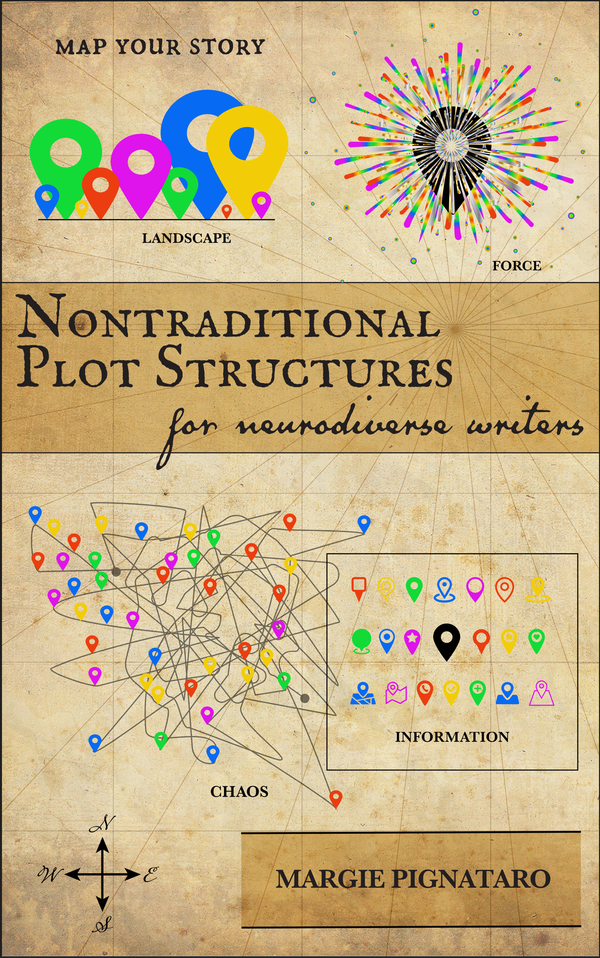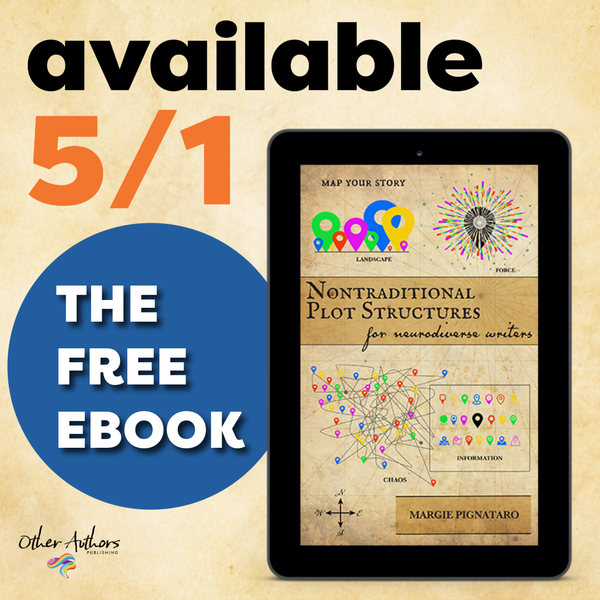Professional Wrestling: a story told using Ritual and Force
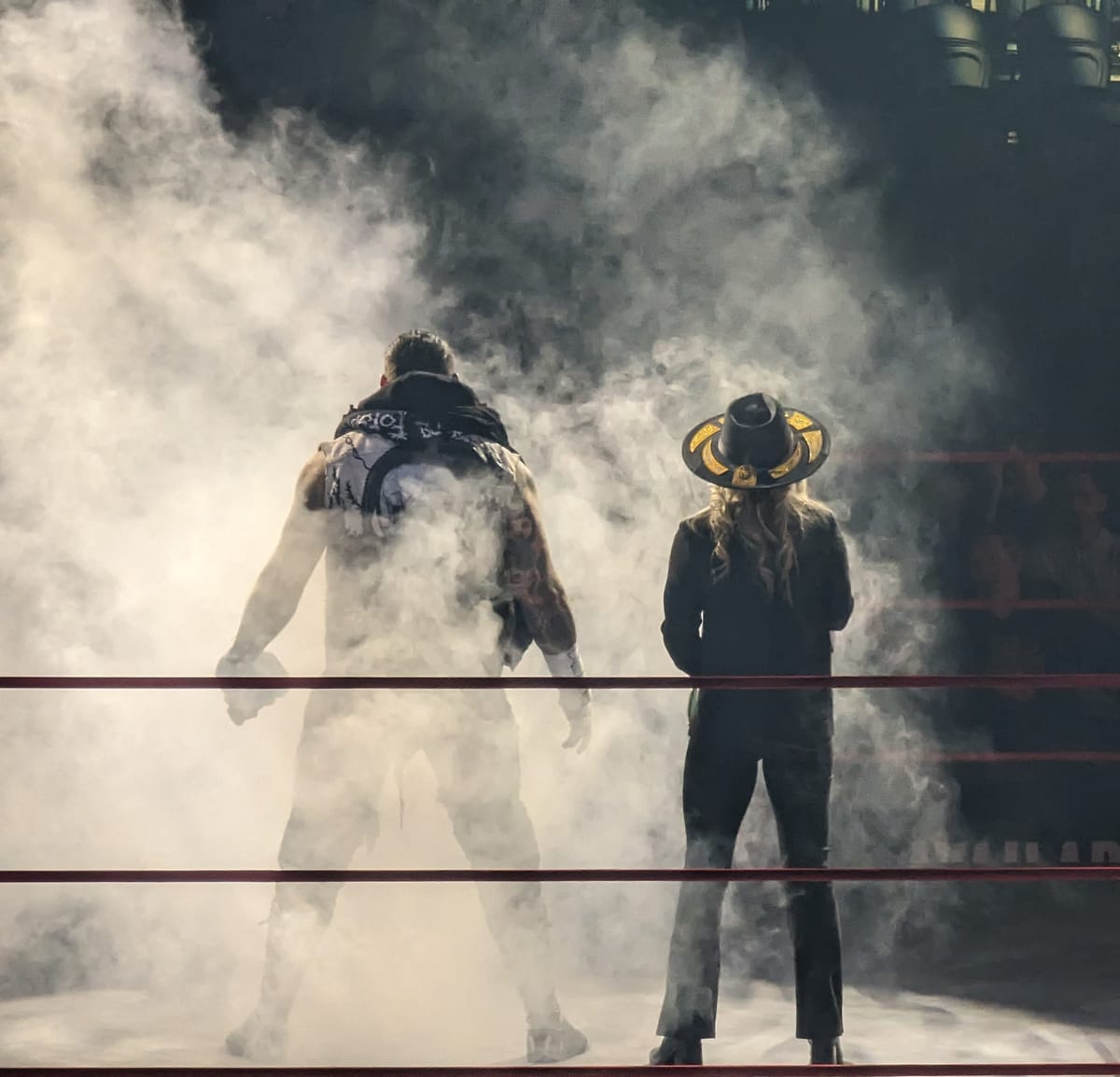
Professional wrestling is an evolution of street theater, the most ancient and unknown forms of theater. It predates theater buildings, amphitheaters, dramatic texts, and formal actors. It could very well go back thousands of years. Street theater has three simple elements: performers, an audience, and a story.
Professional wrestling has firmer roots in Roman gladiator combat. Two gladiators would fight for their freedom, possibly to the death. The gladiators were given splashy names, assigned fighter roles, and held the position of cultural superstars. Crowds voted with a thumbs up or down whether or not they survived. Their freedom was the ultimate "world championship".
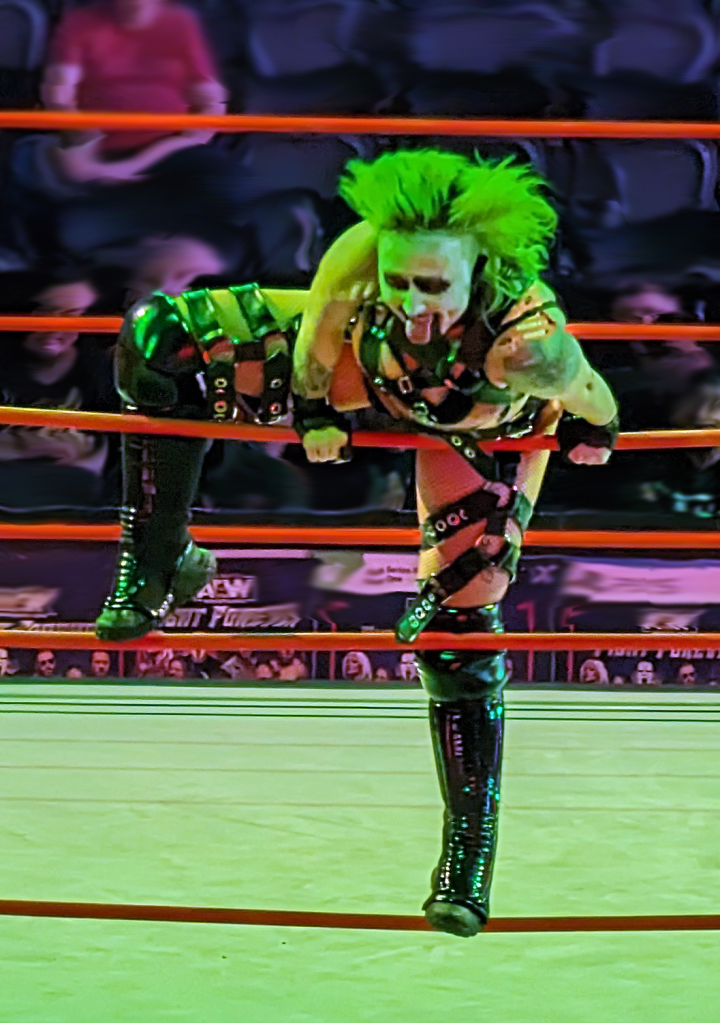
Despite the fact that professional wrestlers must have exceptional athletic ability, wrestlers aren't seen as athletes, nor as actors. Professional wrestling exists in a nebulous realm as a strange morph of athletic competition and dramatic storytelling. The true place where professional wrestling and gladiator combat draws the defining distinction is violence: professional wrestling is not to the death. Rather, it makes a different performative choice: it is choreographed.
People who don't understand professional wrestling make fun of it for this fact. The common patronizing question is always, "You know it's not real, right?"
My retort: "Thank fucking god it is."

Without the highly developed and choreographed wrestling moves that many observe aren't "real", professional wrestling would be a bloodbath. It would devolve quickly into televised gladiator combat. I firmly believe that if it was legal, we'd be no different than the Romans as far as entertainment goes. Gladiator combat and wrestling tap into the same emotional and perhaps psychological need to see violence, to win, and to vanquish enemies. I don't think this is grounded in morality or character; I believe humans are violent.
Professional wrestling, through it's choice to be "not real", has given us a safe outlet for these needs.
Although, to be honest, wrestling does have its risks, sometimes unbelievable.
Wrestlers have had career ending injuries. They've died young because of the repeated damage done to their bodies.
The worst case is Chris Benoit, who killed his wife and son before dying by suicide. This was the result of repeated concussions throughout his career that led to extensive brain damage, the same kind of damage suffered by professional American football players. "Benoit's brain was so severely damaged it resembled the brain of an 85-year-old Alzheimer's patient." This led to changes in wrestling moves and more attention to the wrestlers' wellbeing and health.
Benoit was a great wrestler. His death was traumatizing to dozens of wrestlers who knew him as well as millions of fans. Luckily, Benoit has become the exception and not the rule. Because of Benoit, wrestling became safer and a little less "real".

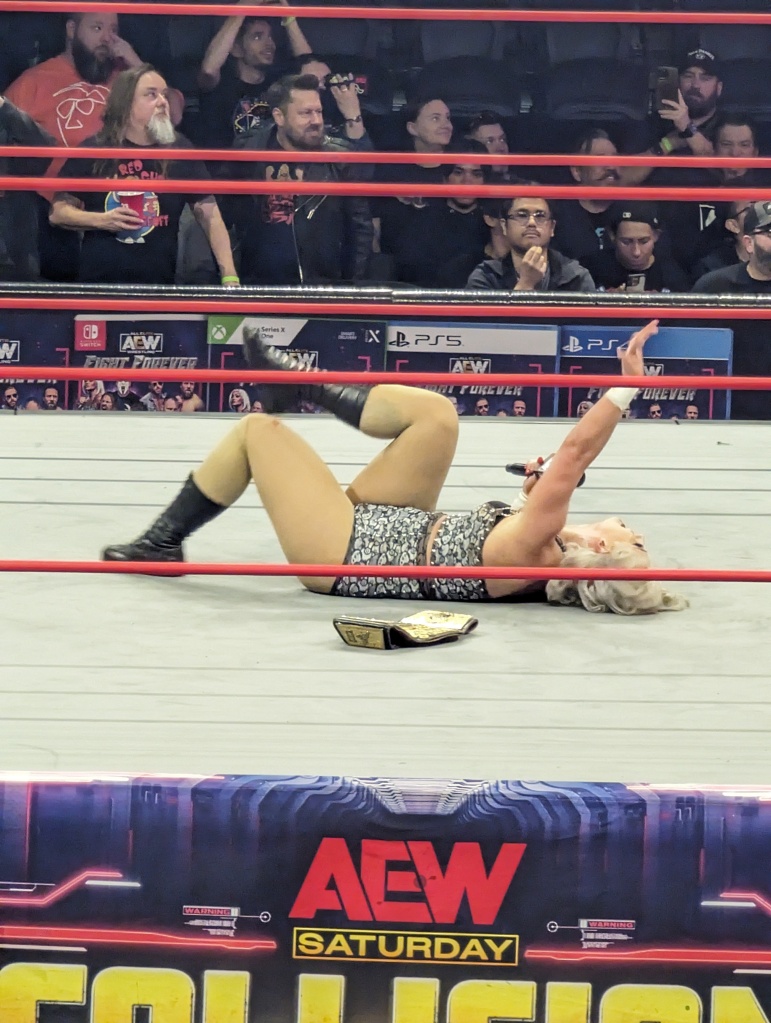
Professional wrestling is storytelling, but it's not very traditional. Rarely do we have an individual on a clear journey to accomplish something that will change their character. Usually, when this structure does appear, it's around a title match. One wrestler is going for the World Wrestling (or whatever it's named) title belt. There are usually lesser belts, but journeys aren't necessary for those belts.
The real Journey elements, and anything resembling three-dimensional, psychologically realistic characterization emerge during promos. These are soliloquies wrestlers give talking about their motivations for upcoming matches, or their feelings about their opponent with whom they're feuding.
I must mention three of my favorite wrestlers and their ability to act: Jon Moxley, Eddie Kingston, and Toni Storm.
The first is Jon Moxley. The video has age-restricted access because the blood is real. He made this promo minutes after finishing a match.
Eddie Kingston is the Hamlet of professional wrestling:
Toni Storm is a master of comedy. Her current incarnation of "Timeless" Toni Storm (wrestlers can change their characters, sometimes dramatically) is a graduate seminar in acting, "selling" (making something look real), and commitment.

The title belts are only a small portion of professional wrestling. Most of the wrestling that occurs is with mid-card, lower-card, or jobber wrestlers. There's a firm hierarchical structure, but it's flexible. I'll discuss this more later.
These smaller matches, or what could be called filler matches, are wrestlers who are motivated out of pride or anger or sadism. They have matches because of beef. Sometimes, the matches have no story layer at all.
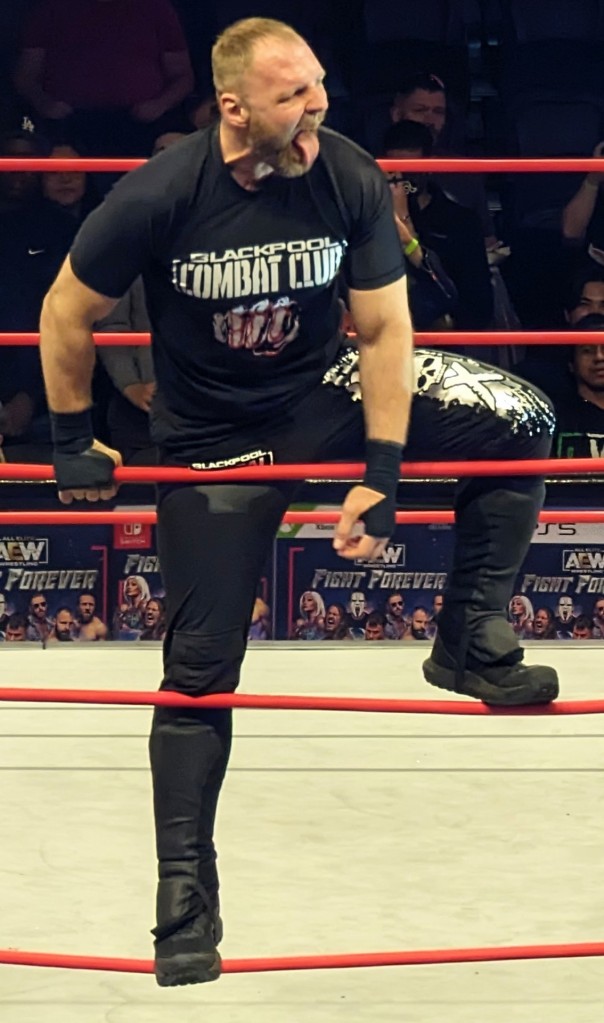
It doesn't seem like this would be interesting to watch. Honestly, not all of it is. It depends on the wrestlers themselves. Their in-ring charisma and power is most of their appeal. A wrestler doesn't even have to be good in order to be a superstar.
Going on a journey with the wrestlers isn't required. It's awesome when a fantastic storyline occurs. Roman Reign's Bloodline storyline, which has been going on for over a year, has been some of the best work I've seen on TV.
There are other factors in play with professional wrestling that make it captivating, despite not resembling traditional storytelling. The elements are visceral and instinctual. Even primitive. They're the same elements Roman gladiators used and are completely dependable: audiences will react.
These elements, which structure every professional wrestling match, are Ritual and Force.
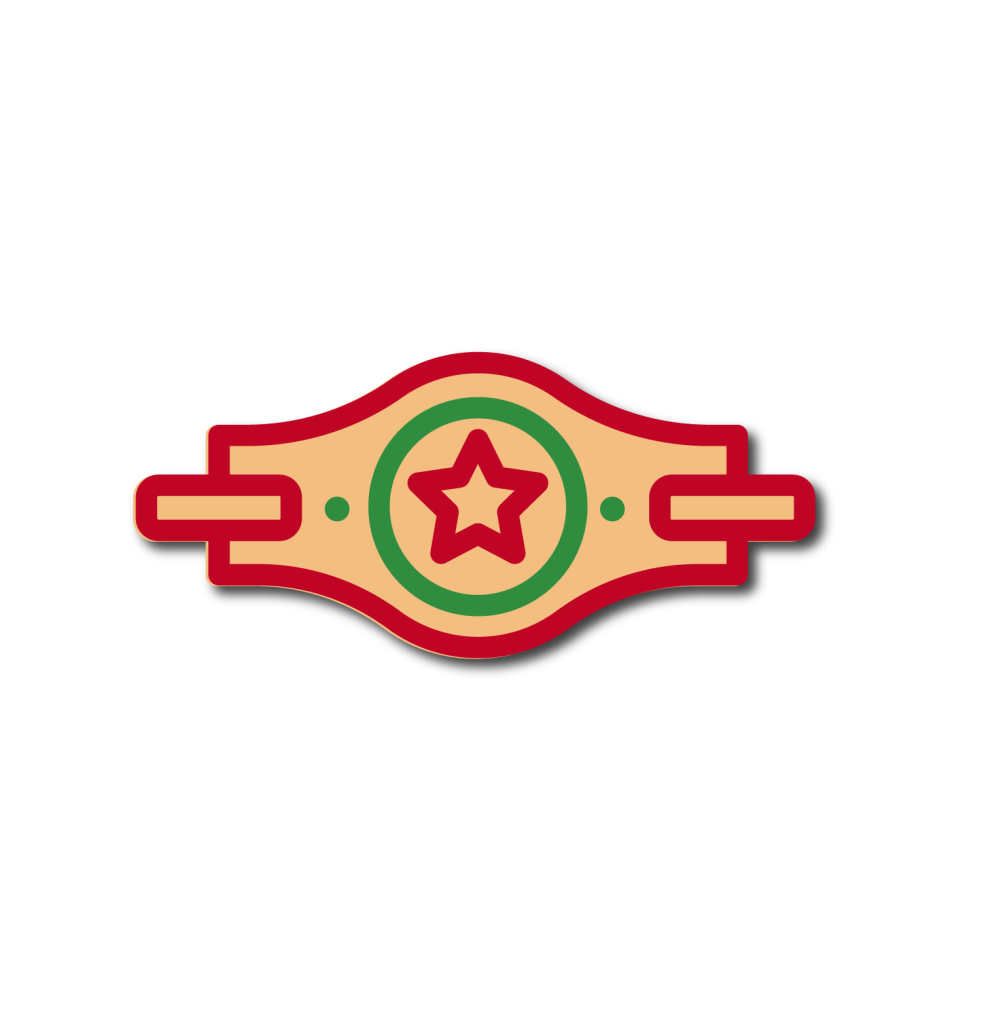
The examples for wrestlers and matches I'll be using are from AEW, and storylines that occurred within the last few years. I'm choosing AEW specifically because I know it best and have watched it consistently through the year. I've also watched New Japan Pro Wrestling, Lucha Underground (all episodes are still available free on the Internet Archive), TNA, Ring of Honor, and, of course, WWE. If I mention any other company, it will most likely be Lucha Underground. I will not be speaking about WWE.
I'll only say this about WWE: the company has many wrestlers on its current roster that I greatly admire: Kevin Owens, Sammy Zane, Asuka, Shinsuke Nakamura, the sublime AJ Styles, Becky Lynch, Bailey, Charlotte Flair, Andrade Almas, Rey Mysterio, Pete Dunn, Seamus, Seth Rollins, Finn Balor, Roman Reigns, and the late Bray Wyatt. I've enjoyed watching all of them so much. They're giants. They've helped change the industry. They are artists.
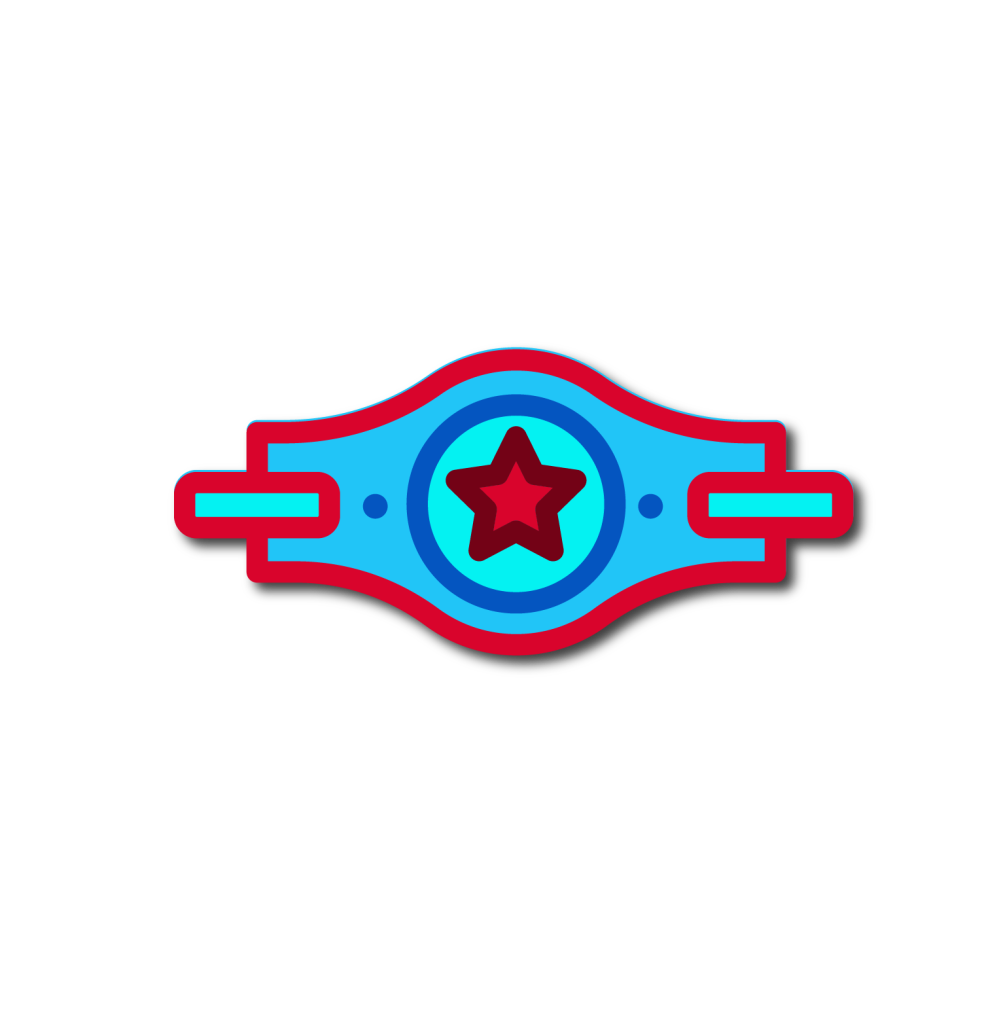
Ritual

I don't think we talk much about how ritual permeates our lives and is so present that we can't see it.
Most of the things we do every day are done in repeated actions, many based on actions done by our parents and distant relatives.
Our meals have a ritual. The way go to work, get coffee, watch TV, or interact with friends. Then there are the big ceremonies: weddings, graduations, driver's test, promotions. There's a form and a set of actions that gets repeated for all of these events.
Rituals deeply embed professional wrestling. The rituals have a hierarchy that wrestlers fall into. Matches always begin the same way. Celebrations are similar across wrestling companies. And the matches themselves have such intricate choreography that moves themselves are repeated and individualized. It's so faithfully structured that once someone becomes familiar with the form, they can jump in and understand what's happening immediately. The simplicity may be ridiculed as pandering to the "lowest common denominator", but it in actuality appeals and welcomes EVERYONE. What is so terrible about appealing to the most people possible? Isn't this, ideally, what religion aspires to accomplish?
The hierarchy has its own language and terms. The audience is aware of these terms and uses them amongst themselves or in crowd chants.
Wrestlers are ranked in these categories:
JOBBER: This is the lowest level wrestler. They have matches with established wrestlers, but they never win. They're there to make someone else look good. They aren't bad wrestlers. They're likely independent wrestlers who freelance as wrestlers with many smaller, local companies. These are called the Indies. They can work their way up and be signed by a larger company.
LOWER CARD: These wrestlers are signed to a company. Sometimes they win, sometimes not. They fill out matches when needed. They're well known by audiences. They're nowhere near the "title scene", or they won't compete for a championship title belt anytime soon.
MID CARD: These are wrestlers who wrestle a lot, but in matches that may or may not be significant. They can have very small storylines. They're dependable and will put on good shows.
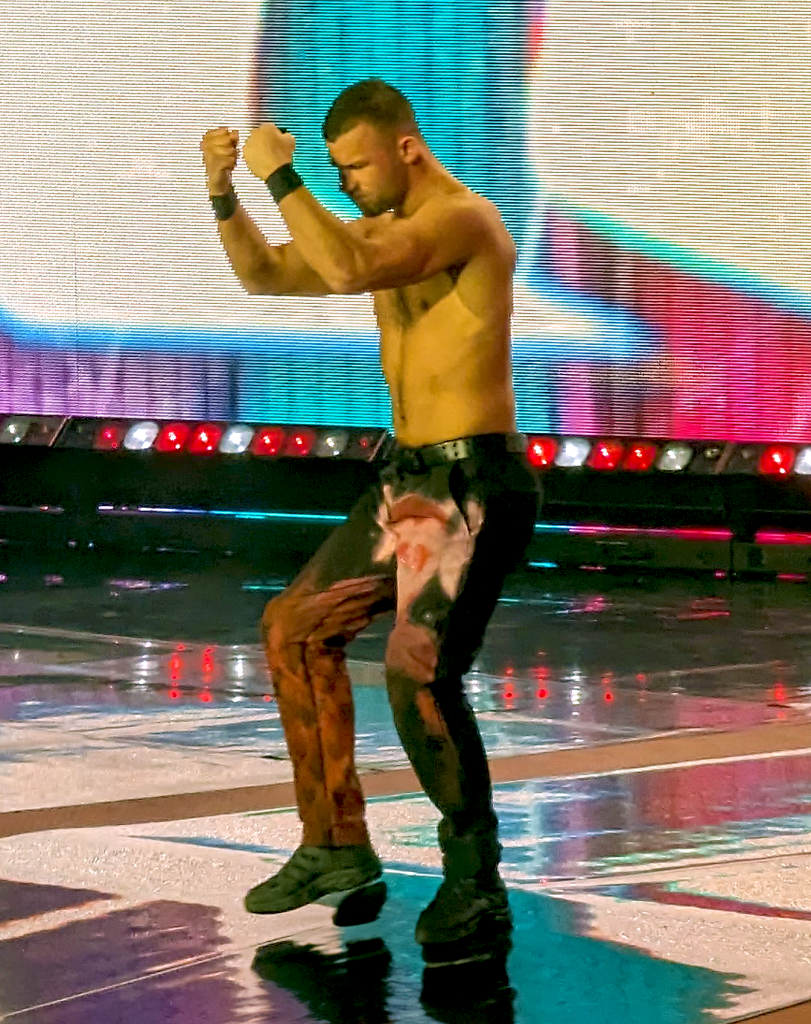
UPPER CARD: These are the wrestlers who receive title shots, or opportunities to compete for belts. They most likely already have a history of holding titles, either in their present company or others. They're very experienced and will draw crowds.
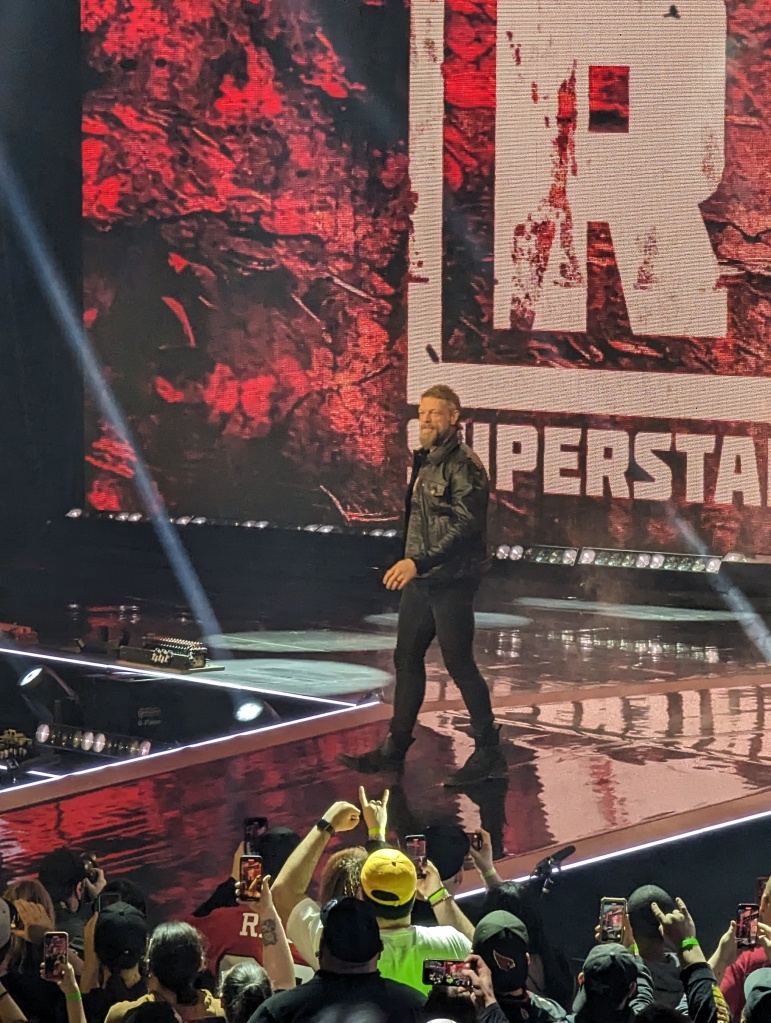
MAIN EVENT: This level is the crème de la crème. These wrestlers include names well known outside wrestling. The matches have storylines and rivalries between wrestlers. They will have "feuds" that will have lasted months and possibly have had multiple matches together. Breaking into this level is the most difficult because wrestlers have to be the entire picture: athletic, charismatic, a decent actor, a flare for drama, and a solid understanding of their character.
Unexpectedly, and not unlike Roman gladiators, this hierarchy is in flux. Wrestlers can move up and down depending on their performances, merch sales, and their own contributions.
This is a major breaking-away from athletic games. Athletic games don't have this hierarchy and athletes certainly aren't as dramatic and flamboyant as professional wrestlers. The ends of matches are predetermined. Championships as well. But it doesn't mean wrestlers aren't athletic, nor does this mean there isn't any point to watching if the ending is already determined.
Again, think of this in terms of drama: story endings are predetermined, yet there is excitement around seeing an ending. This is where wrestling is coming from.
I'll develop this idea later when I discuss wrestling and Force.
The structure of matches is highly embedded in ritual. The rules around matches, the implied rules of behavior backstage, are well established.
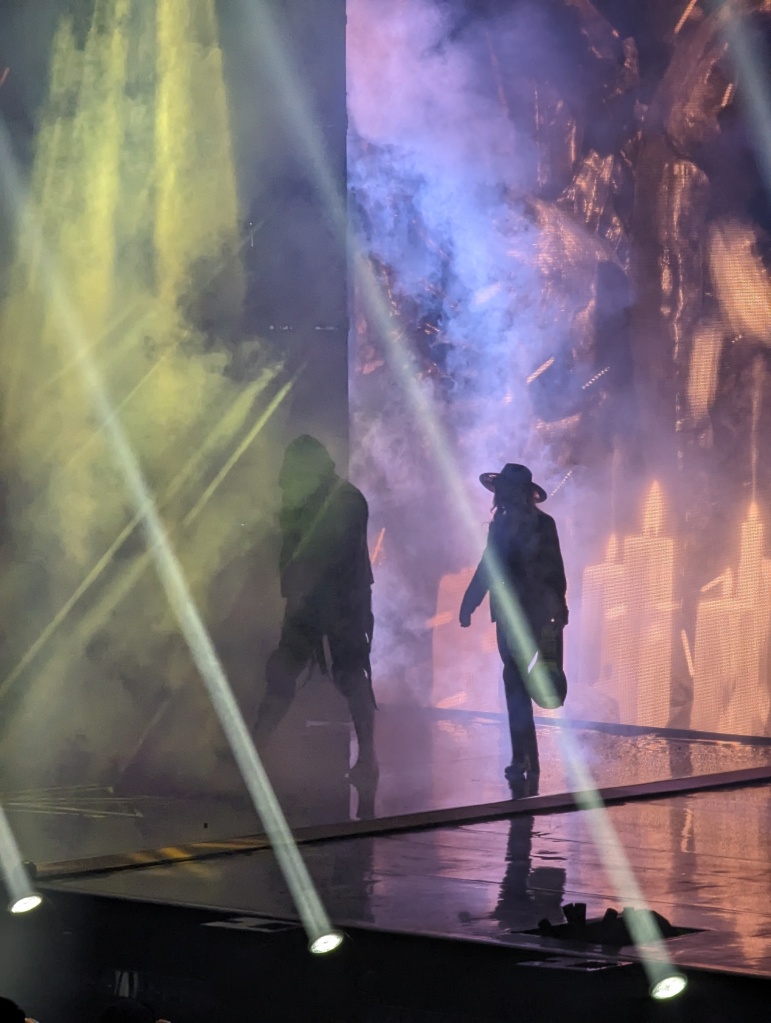
ENTRANCE: Before each wrestler appears, their entrance music will play. I cannot stress enough how extremely important this music is. It creates the first emotional surge in the audience. They may sing along to songs or chant something along to it.
The tunnels: enter through the tunnel on the audience's right and you're a face. There have been instances when wrestlers have entered center stage when their character has been dubious.
The wrestlers enter the ring, either by the camera-facing side or the far left turnbuckle. Many wrestlers have preestablished moves they do for their entrance. Often these are timed with their music.
Some of the most spectacular entrances I can remember.
The format of entrances and matches rarely change in any significant way, from company to company:
- Heels will stand at the right turnbuckle, mostly with their backs to the camera. Faces stand at the far left turnbuckle, facing the camera. (I suppose to help the audience know who to root for.
- The match can begin with a handshake. Who offers the handshake and who refuses it sets up animosity for the match and afterwards.
- The ref signals the bell and once it's rung, the match officially begins and anything that occurs within this time period "counts". (Oftentimes altercations will happen before the bell rings, as a way to weaken one opponent. During these altercations, doing things that are illegal in the ring, such as a kick to the groin, are allowed.)
- The match occurs and during it, oftentimes, someone cheats. This could be with outside help or objects hidden on the person. Sometimes it's simply a kick to the groin when the ref's back is turned.
- The match ends with a pin (for the count of 3), a submission (the wrestler taps out), knock out (a wrestler passing out for whatever reasons), disqualification (for shenanigans), or time expiration.
The rules are part of the ritual as well.
- Cheating isn’t allowed.
- No interference.
- Any fighting outside the ring (such as backstage or during in-ring promos) is not allowed and will be stopped by "security".
- A ref is the only person who can do the three-count and declare a winner.
- The ref is the highest authority during a match.
- Once a match has ended, the outcome never changes.
- Each match has a time limit.
- If a wrestler becomes so injured they cannot compete for a long period of time, any titles must be vacated.
- And so on….
Some of these rules won’t be broken. The outcome of matches never changes, for one. To do so would disrupt the dramatic structure of wrestling. The same for the ref’s authority: if a boss (Tony Kahn in AEW) can suddenly interfere with a match or change the outcome, then the entire structure would collapse.
The audience has their own rituals, too, that remind me of a Catholic mass. The audience will chant to the wrestlers, sometimes things so unexpected the wrestlers will nearly break character.
In the 2024 Double or Nothing pay-per-view in Las Vegas (which I attended), Darby Allin was hung upside down in the middle of the ring from the rafters. This was highly unusual for a match, but it was an Archery in the Arena match (which was its own festival of chaos and force and madness).
After what felt like ten minutes, the audience started chanting, “PLEASE HELP DARBY”.
In the 2024 All Out, Jon Moxley wrapped Bryan Danielson’s head in a plastic bag and began suffocating him. The audience changed, “THIS IS MURDER”.
Other chants I’ve heard over time:
- “FUCK YOU, [wrestler two syllable name]
- “YOU SUCK”
- “YOU FUCKED UP”
- “MEAT”
- “YOU SICK FUCK”
- “LET’S GO, [wrestler two syllable name]”
- “LET’S GO, [wrestler two syllable name]; [wrestler two syllable name] SUCKS”
- My favorite example (from a WWE event): “LET'S GO, JESUS; JESUS SUCKS”
- Single syllable names
- “WE WANT TABLES”
- And so on….
Wrestlers will encourage chanting or, if heels, yell at the audience to stop changing. Christian Cage always yells at the audience, “Sit down! Shut your mouths and let me conduct my business!” This, of course, as intended, increases the chanting and booing. There have been instances of chants as protest. For example, there were well-known problems and conflicts with CM Punk that eventually led to his dismissal from AEW. After that, some fans felt Punk was dismissed unfairly. Shows would get “CM PUNK” chants at shows initially. In Chicago, Punk’s hometown, the chants were extremely loud. They died out over time, though the occasional chant will surface.
The rituals creates the bond between the wrestlers and the audience, even in the smallest details. When the audience knows how things are supposed to go, when rules get broken, or the ritual is disrupted for whatever reason, it is shocking. Sometimes it’s so shocking that it can ripple through the show and possibly sap an audience’s energy. Of course, anticipating a disruption and having it happen, is its own satisfaction. The internet is FULL of sites that attempt to predict wrestling storylines.
Embedded in the rituals is force. It’s the heart of wrestling. It’s the most ridiculed aspect of wrestling. It’s the most dangerous and the most artistic.

Force
Strength, power, compulsion, constraint.
I’ve been thinking a lot about Force as a story structure. I had a strong feeling it existed, and it wasn’t until I really began thinking about wrestling that it finally hit me.
Force is very popular as a story structure in movies and books. Here are a few examples across different genres:
- Action (John Wick, the Predator franchise, the Alien franchise)
- Exorcism movies
- Heists (Fast and the Furious)
- Crime, even True Crime (The Godfathers)
- War or military novels
- Horror, especially serial killers
- “Martial Arts” movies (Jackie Chan, Bruce Lee, etc.)
All of these examples have one thing in common: scenes that focus on one set of characters inflicting strength and power on another, in order to compel them to do something they want.
This is wrestling, as well as boxing, martial arts, UFC, and other violent sports. Fishing, chess, weight lifting, darts, dance, and anything that involves the physical exertion of will and strength has a Force structure.
But professional wrestling is staged, choreographed? But so is John Wick.
The reality isn’t important; this is the perspective of fiction. What we see and experience and believe is what’s important. And wrestling is so refined and technical in the construction of moves, I would class it as dance. It has more in common with dance than the sport of wrestling, and one day I’ll write something more in depth about it.
There’s a common structure for a wrestling match. Most of the time it’s tweaked and shaped by the wrestlers depending on the type of story they want to tell. But it’s still there.
The match opens with the two wrestlers meeting in the center locking arms. When they break, they’ll do moves on one another. One wrestler will get the upper hand and the other will be at a prolonged disadvantage. The tide will turn and the other wrestler will be put into the weaker role. I’ve noticed that strong heels will often almost abuse the face in order to rile up the audience and develop a David and Goliath scenario. Underdog matches are very exciting.
Then the power shifts again and both wrestlers, weakened, are on an even playing field. It can go either way and how it ends depends entirely on the storyline.
Mercedes Mone, who arrived in AEW about six months ago, has won every match so far. The company has been dedicated to her looking strong and powerful. She has two titles already, which is rarity for newly signed wrestlers. This cannot last forever, though. She will lose her titles, probably sooner rather than later, because audiences are becoming “bored” with her power. I put bored in quotes because almost everyone admires Mercedes. They just want to see her do something different, such as draining her power and making her struggle and vulnerable.
No one remains strong forever because no one remains strong forever. Underdogs become strong and then become underdogs when their strength wanes. This is a crucial element of Force: power shifts because circumstances shift.
In professional wrestling, alliances shift. Friends betray each other and gain power over their betrayed friend. People who “run” the wrestling company get usurped in some way. Tony Kahn was tombstoned by the Young Bucks and was “recovering” for a few months.
Then, there is a use of Force that is particularly brutal because it is real.
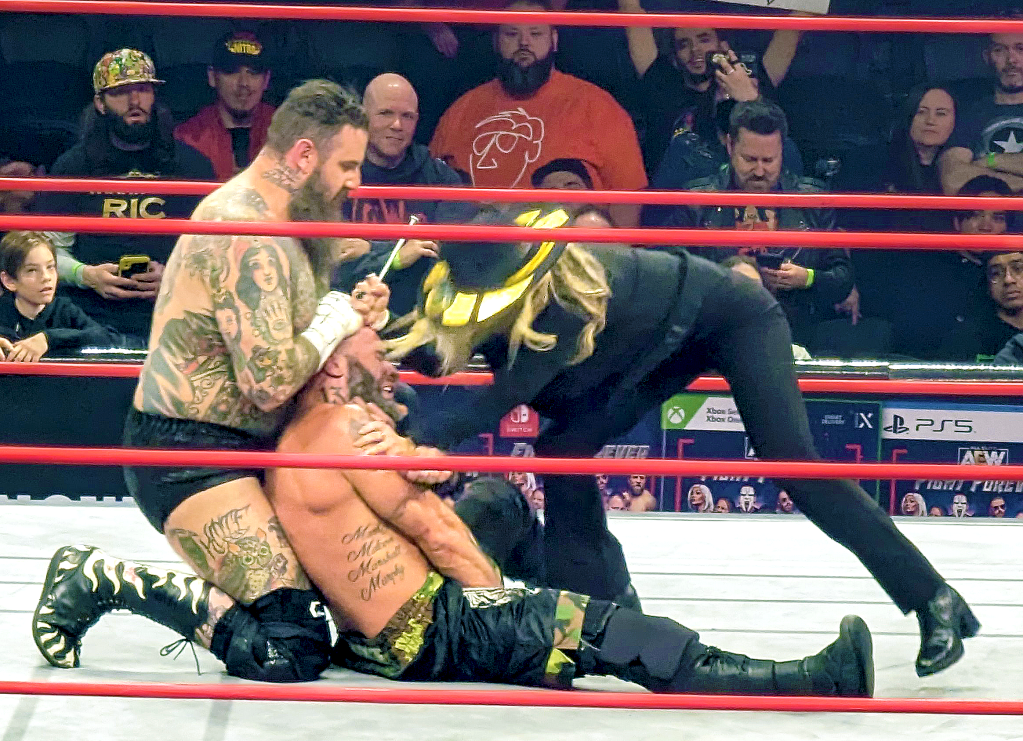
There has been an epic and unsettling rivalry happening on AEW between two of their main eventers: “Hangman” Adam Page and Swerve Strickland. It spans a year at this point, and has found expression in violent matches, such as their Texas Death Match at Full Gear 2023. The link I've provided is only highlights of the match. It’s difficult to find videos online that are of the full match. AEW restricts what it will post. In short, at one point Hangman stapled Swerve in the chest and face, drank Swerve’s blood, and Swerve won by hanging Hangman by the turnbuckle with a chain.
No one in AEW goes this far with violence. The company does stage all kinds of “non-disqualification” matches (which means everything goes). There are street fights, death matches, TLC (tables, ladders, chairs) matches, and cage matches.
One of the most significant death matches was a Texas Death Match at Ring of Honor’s Death Before Dishonor. It was between Diamante vs Legit Leyla Hirsch and had the distinction of being the first women’s Texas Death Match. This match is unhinged, and I worried for the safety of Leyla Hirsch after the match ended. There was blood and it seemed that Leyla tore a bicep after doing a somersault onto a table and Diamante.
AEW is serious about exhibiting this level of violence, despite the controversy it brings. Jumping off ladders into flaming tables (Adam Copeland vs Christian Cage, 2024), thumbtacks and glass shards spread all over the ring mat, and stabbing wrestlers in the eye with a screwdriver (a glorious moment for Brian Danielson in 2023): all of these things are acceptable. Blood, in small quantities, is encouraged. Wrestlers in AEW “blade”. This is a specific act that involves cutting their hairline or eyebrow with a razor blade. It’s an old tradition for wrestlers. It doesn’t cause too much damage and because it’s a head wound, it bleeds a lot and looks horrifying. If you’re curious about the details, Maven has a chilling video explaining how it’s done, and how he did it.

How do Ritual and Force benefit a neurodivergent writer? The simple answer is that they're easier to write than a Journey. Ritual and Force have few absolute requirements and moving parts. For example, a romance novel could be structured easily around a set of courtship rituals. People can still become emotionally attached and involved. For neurodiverse writers, such as myself, who struggle with strong empathy, not having to write emotionally wrenching scenes is a relief. Writing becomes less painful.
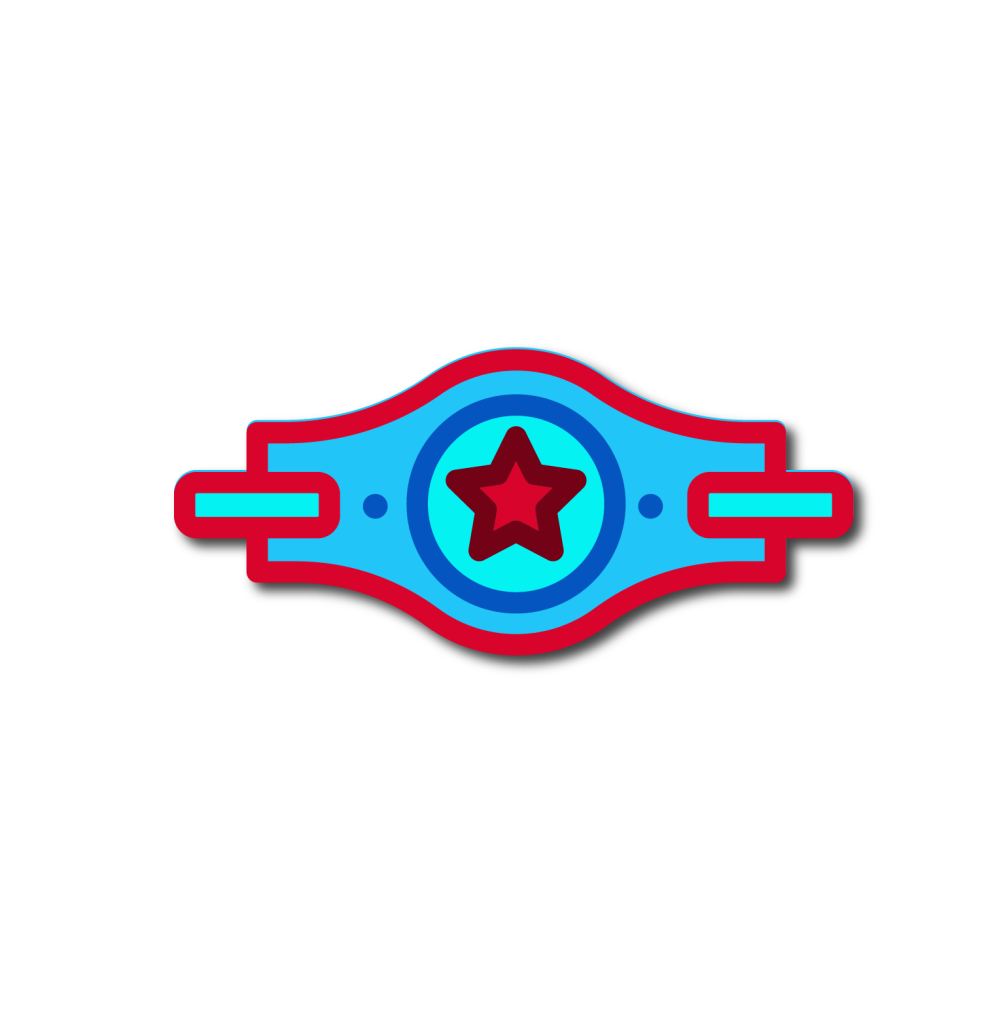
Darby Allin
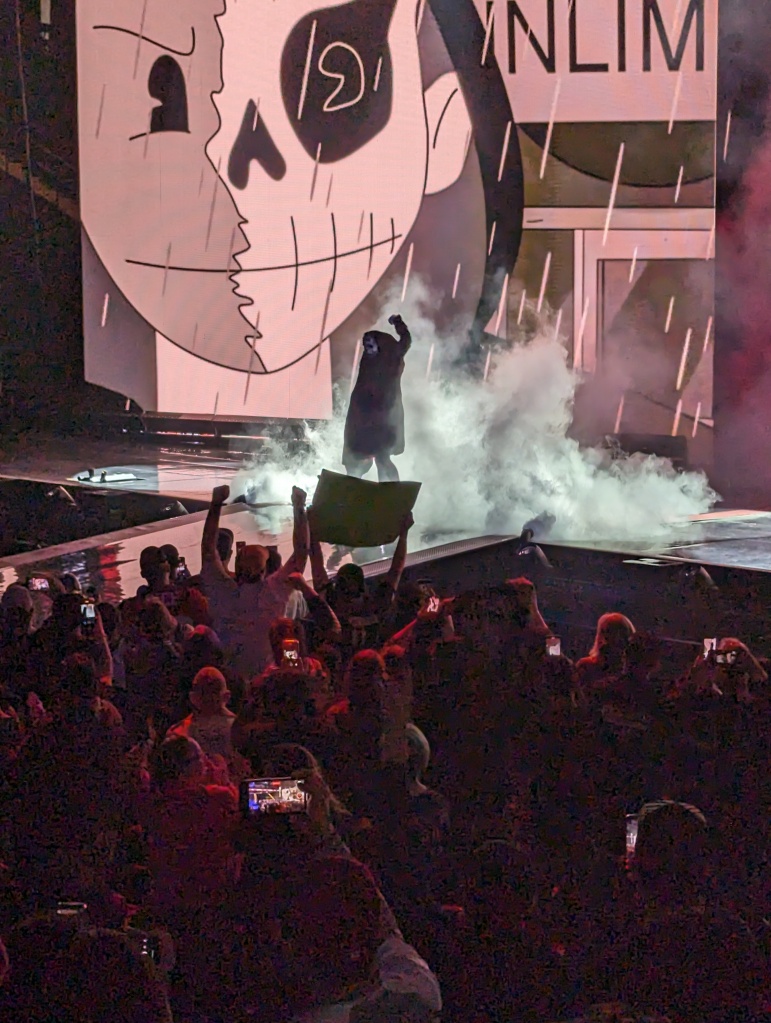
One of the most controversial wrestlers this year has been Darby Allin. It would be easy to categorize Darby as a goth, or emo. He dresses in black, has left half of his face painted like a skull. He has tattoos of bones: a spine along his spine, arm bones along his left arm. Darby is 5’8” and his billed weight (what wrestling companies say is his weigh) is 175 lbs. A few months ago, Darby commented on Twitter/X that his weight is 125. For a wrestler, Darby is slight, skinny, and, as he has said many times, no wrestling company would give him half a chance except for AEW. (The industry has been obsessed with big, beefy wrestlers who appear to be steroid addicts.) Darby has empowered and weaponized his loyalty to AEW; he uses it in promos for motivation and as a battle cry.
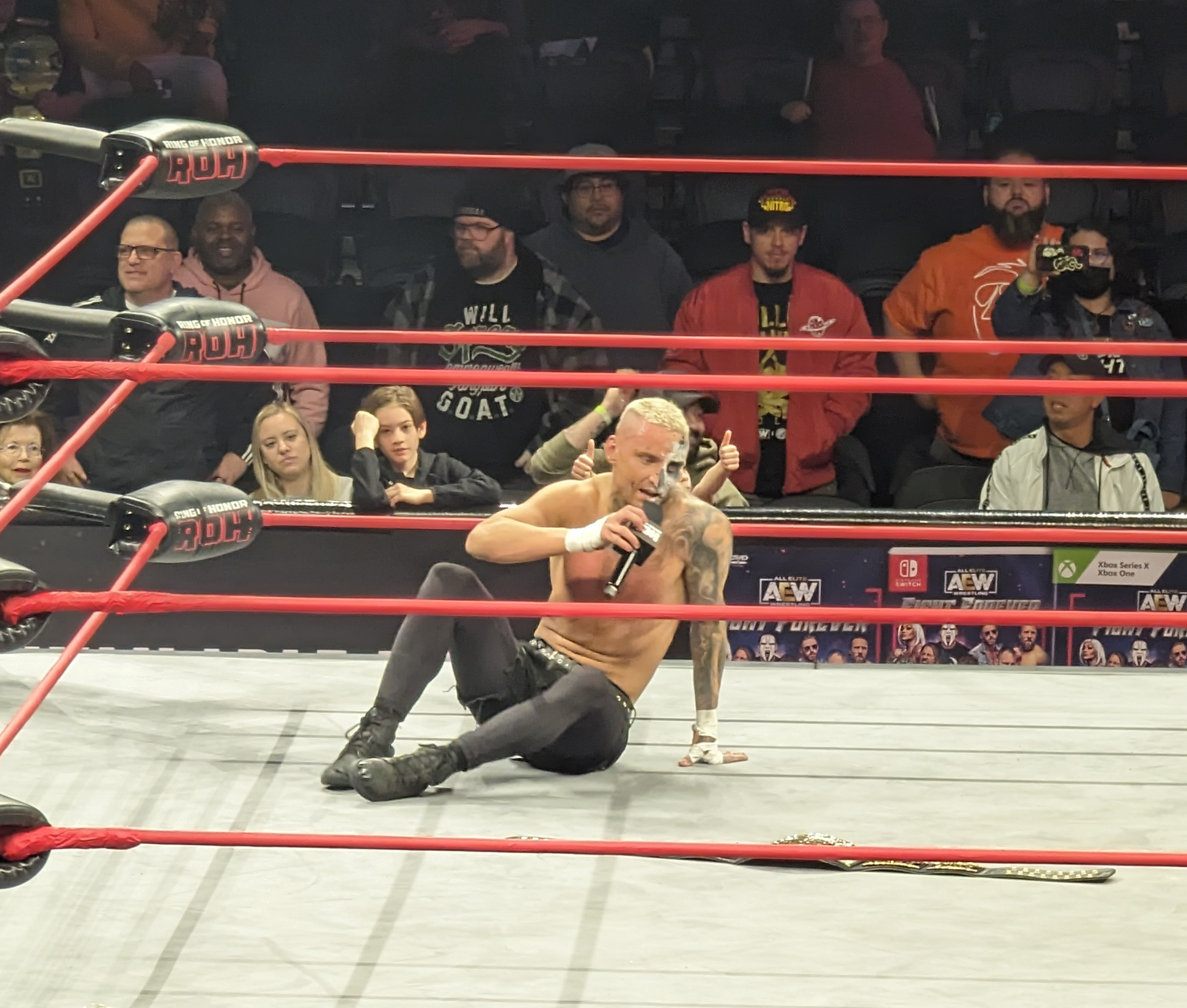
I don’t think Darby is goth. I think he’s half dead--or at least that’s what he’s portraying. His entrance graphic is an animation of Darby skateboarding down a street. He rips half of his face off and exposes a skull. Darby is his own Memento Mori.
His injuries over the past couple of years have been crazy. He got hit by a car, and then wrestled the next day. The scrapes on his legs from skidding on the pavement were clear and red. Later, he broke his foot in a match, then got hit by a bus. One of the other wrestlers became injured and couldn’t be in Anarchy in the Arena in Double or Nothing this year. So Darby came back. No one talked about if he was ready to come back, but he did. Luckily (I think), Darby’s role was muted and he spent more time hanging upside down in the middle of the ring.
I believe that Darby is the best example of Force performed through a wrestler, or embodied.
As I said, Darby is slight for a wrestler. He often wrestles men twice his weight, if not three times. Darby never has a match where he’s beaten down without a fight. That’s bad storytelling anyway. He has some David and Goliath matches where he gets thrown across or out of the ring. But he fights like a demon. He creates within himself genuine power and will. He gets ruthless. He can throw himself like a spear out of the ring with such speed it’s almost too fast to see.
His finisher is called a Coffin Drop. Darby climbs some high perch, usually the turnbuckle, crosses his arms over his chest corpse-style, and throws himself backwards onto his opponent.
What makes this move so scary is that Darby isn’t really watching where he’s falling. He must depend on the other wrestlers to catch him. The amount of trust is impressive, to say the least.
Darby creates a crazy contrast. His small size makes him seem weak or powerless. But the force with which he does his moves, and the sheer insanity of some of them, make him seem much, much more powerful. The contrast empowers him. The harder he fights, the stronger he seems. If he loses a match, it only makes him stronger and he will return and win.
The craziest, most spectacular move that Darby has done was at Sting’s last match. This match was praised by critics as a wonderful tribute to Sting. The match was everything Sting wanted. Darby had been Sting’s partner, pseudo-son, friend, “goth buddy” for several months. Darby did the craziest stunt in this match, most likely, as a tribute to Sting.
Darby jumped off a six foot ladder, doing a graceful front flip and landing perfectly onto a pane of glass on steel chairs.
They weren’t sure Darby would be able to continue the match after this move. They had a contingency plan if he couldn’t. The cameras showed us his back and the glittering shards of glass in his skin. The camera swung away, though, when he was being patched up by the doctors. When he continued, he was bandaged below his ribs. Today, we can see the twisted scar in his side, where he landed on a large shard.
This was a very carefully planned and executed move. The company had brought in stunt coordinators to rehearse the spot with Darby. The glass was most likely break-away glass, but, honestly, it’s difficult to tell.
Wrestling critics went apoplectic over this move. It was called irresponsible, insane, unnecessary, dangerous. Some accused Darby of stealing the spotlight from Sting (Sting approved everything in the match). Some got personal and inappropriate, accusing Darby of working out his mental illnesses in the ring, and suggested he should be committed.
This isn’t the 80s. Wrestlers aren’t pressured into doing insane spots with chainsaws, piranhas, or electricity. Darby wanted to do this. He insisted. He would not be dissuaded. The implication is that there were attempts to dissuade him.
I think Darby did this, and does what he does, because of Ritual and Force. For him, what he does in the ring is sacred. He wouldn’t take such chances otherwise. His love of wrestling is more akin to devotion. This glass spot was an offering to Sting. He wanted to give Sting the most dangerous, spectacular spot he possibly could. Something that may injure him. Possibly kill him. Because he believed that Sting’s last match was that important of an event. It was a great ritual of wrestling, to have a retirement match. This is Darby’s reverence.
To perform the appropriate Ritual, Darby needed the appropriate Force. It’s no different than human sacrifices or gladiators: it’s only a matter of how much Force is used.
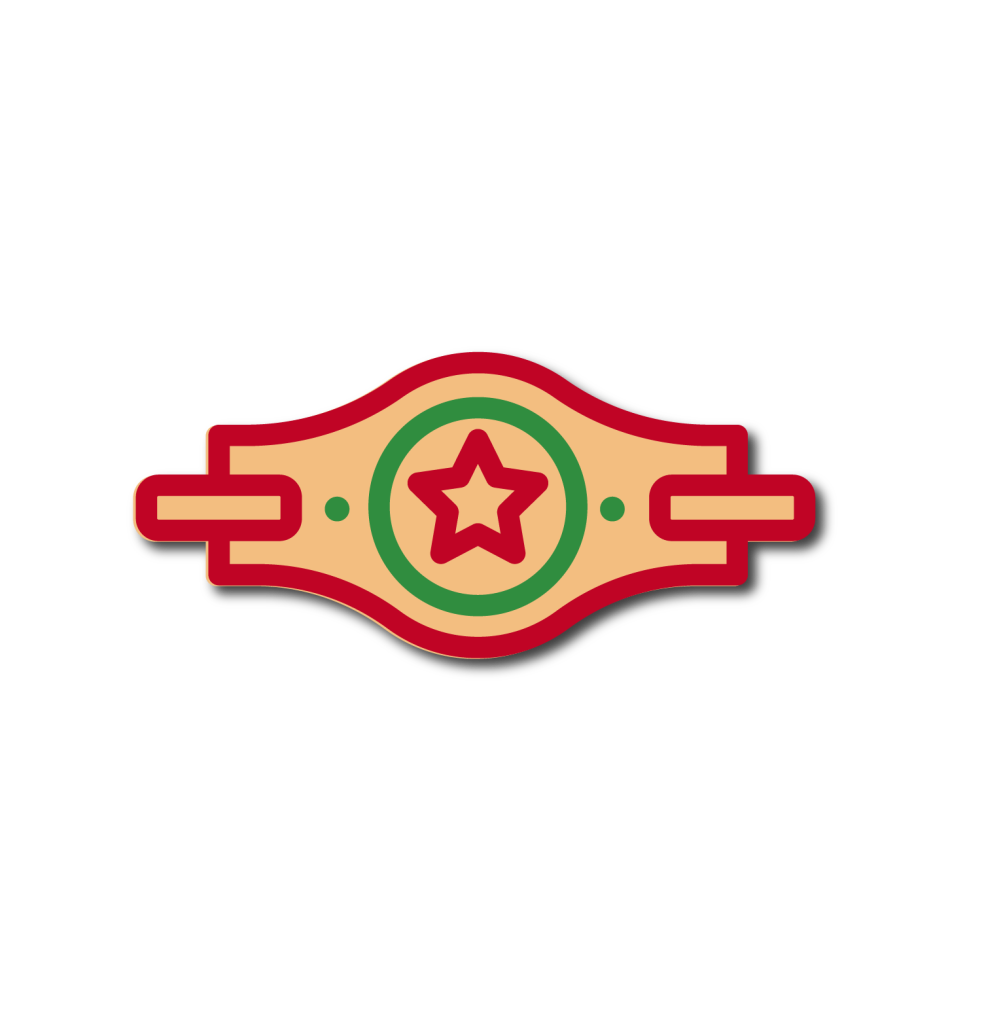
If you've read this far, thank you. This has gone longer and I'm in danger of writing a book length analysis of wrestling.
Paul Levesque, or HHH, the newest head of WWE, said professional wrestling is “a movie about a sport”. No. Forget the cameras. They aren’t important. Forget about the sport as well, because this isn’t a sport.
Professional Wrestling is gladiator combat. And at the heart of both is Ritual and Force. The Romans had no issue with killing people in fights. Their view of life and it’s value had to do with power. Those who had the most decided what would happen to people. Today, Wrestling has many of the attributes of gladiator combat, but with less Force. We don’t want to kill people for entertainment purposes.
But we do enjoy the Force. We enjoy the ritual of the set-up and rules and championships. We enjoy watching people get a little hurt because it makes us a little bloodthirsty. More than anything, we love watching two people fight it out.
Does wrestling promote violence? I have a better question. Do we believe that it is possible for us to live in a world devoid of violence? Does professional wrestling make people more violent? Or is it an exorcism?
Isn’t this the catharsis Aristotle was talking about thousands of years ago?



